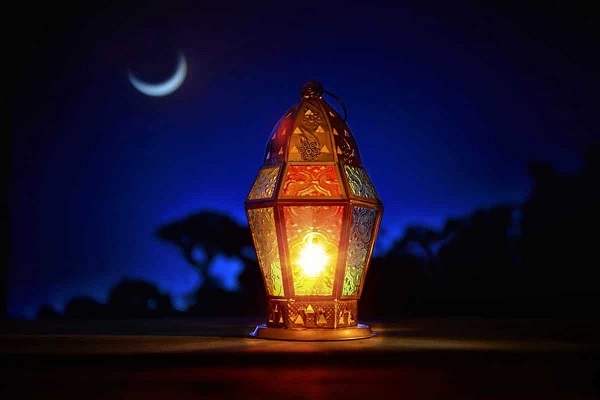Ramadan Crescent Moon Observable on Feb. 28: UAE Astronomy Society

It means that the holy month will begin on Saturday, March 1, 2025.
As is widely known, many Arab and Islamic countries rely on official moon sighting using astronomical observatories, in accordance with the Hadith of Prophet Muhammad (peace be upon him): “Do not fast until you see the crescent, and do not break your fast until you see it. If it is obscured, then estimate it.”
Islamic nations are expected to announce official moon sighting efforts on that Friday evening, confirming the start of Ramadan based on the verified sighting.
Ibrahim Al-Jarwan, Chairman of the Emirates Astronomy Society and member of the Arab Union for Space and Astronomy Sciences, explained that Ramadan 2025 will last 30 days, with fasting hours reaching 13 hours daily.
Read More:
He also noted that eastern parts of the UAE will experience earlier Suhoor (pre-dawn meal) and Iftar (breaking of fast) compared to western regions, with a time difference of around 20 minutes.
Crescent moon and moon sighting details
Al-Jarwan said the new moon will be born following the conjunction of the sun and moon on Friday, February 28, at 4.45am UAE time. By sunset that day, the moon will be at an altitude of 6 degrees and will be 13 hours and 35 minutes old. The moon will set 31 minutes after sunset, making it possible to observe the crescent. Based on astronomical calculations, Ramadan is expected to begin on Saturday, March 1.
Eid Al Fitr
According to Al-Jarwan, the crescent moon of Shawwal 1446 (marking the end of Ramadan) will be born on Saturday, March 29, at 2.58pm UAE time.
Read More:
At sunset that evening, the moon will be barely above the western horizon and will set only five minutes after sunset, making it difficult to observe. This suggests that Ramadan will complete 30 days, and Eid al-Fitr will fall on Monday, March 31, based on astronomical predictions.
Source: GNews



